Integrated Health Systems, in partnership with Maximum Life Foundation, is funding a trial to rejuvenate microglial cells using telomerase gene therapy. This trial is currently looking for ten patients with mild to moderate Alzheimer’s Disease. At this time five of the positions have been filled. The trial will be conducted in MONTEREY, Mexico. Treatment is …“Alzheimer’s Gene Therapy Human Study Seeks Volunteers”
Get the latest international news and world events from around the world.
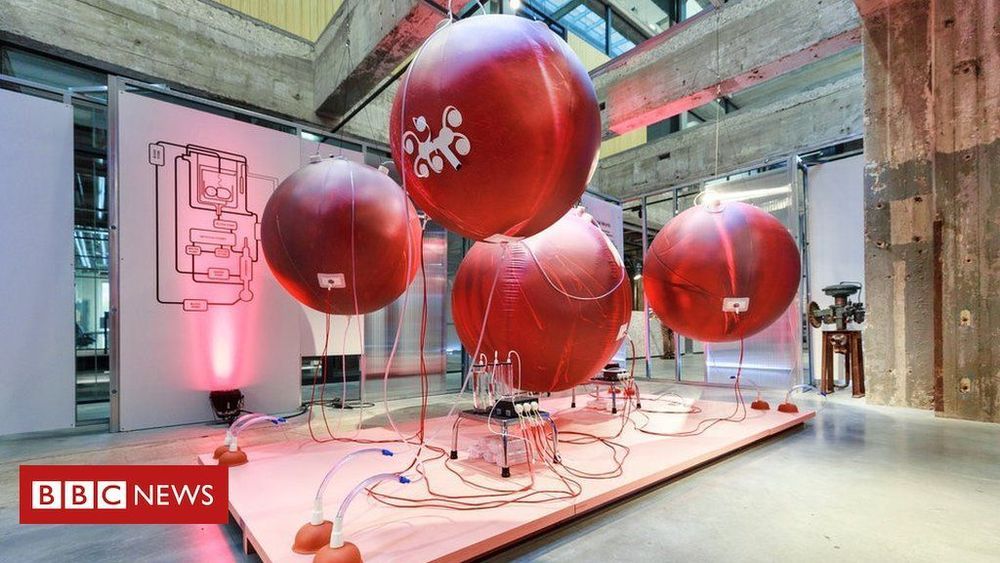
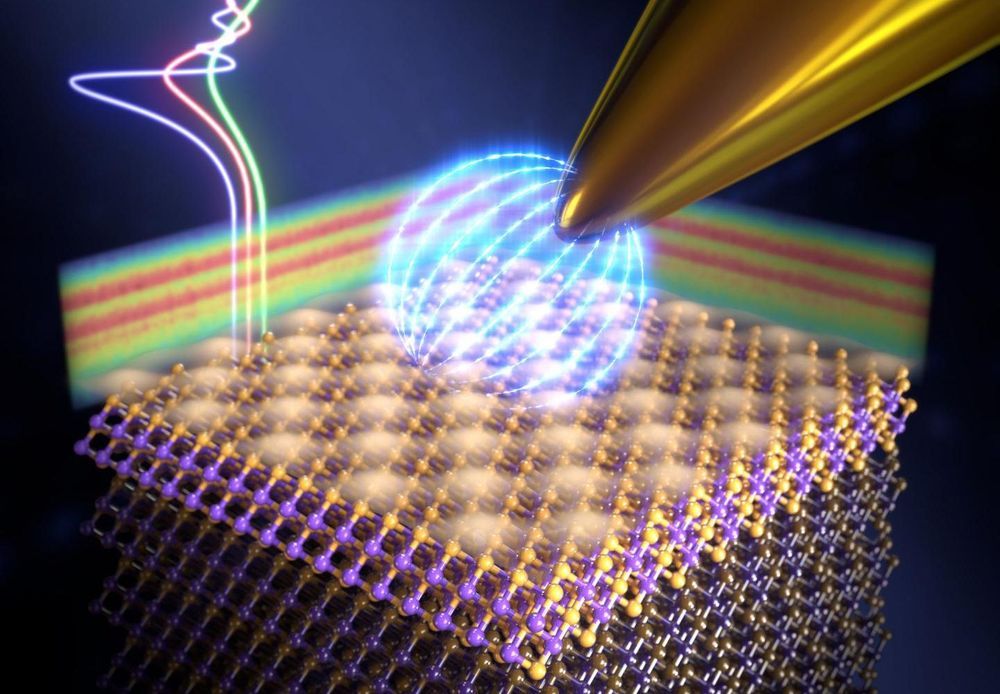
New Quantum-Mechanical Dissipation Mechanism Observed for the First Time
Topological insulators are innovative materials that conduct electricity on the surface, but act as insulators on the inside. Physicists at the University of Basel and the Istanbul Technical University have begun investigating how they react to friction. Their experiment shows that the heat generated through friction is significantly lower than in conventional materials. This is due to a new quantum mechanism, the researchers report in the scientific journal Nature Materials.
Thanks to their unique electrical properties, topological insulators promise many innovations in the electronics and computer industries, as well as in the development of quantum computers. The thin surface layer can conduct electricity almost without resistance, resulting in less heat than traditional materials. This makes them of particular interest for electronic components.
“Our measurements clearly show that at certain voltages there is virtually no heat generation caused by electronic friction.” — Dr. Dilek Yildiz
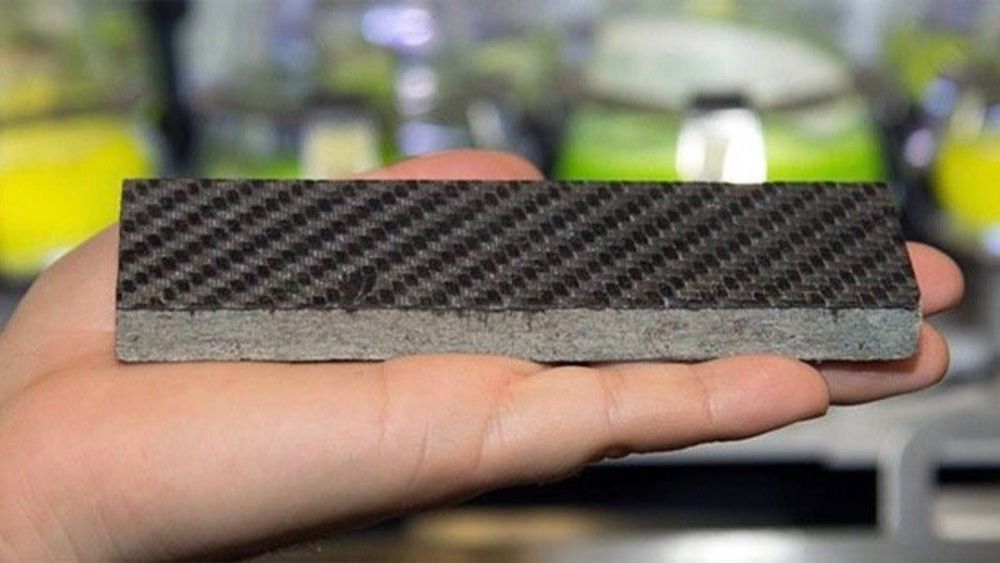
What is Natural? Not Aging!
Technology can change cultural norms. The way we think about the aging process is no exception. BioViva’s CEO Liz Parrish takes us on a quick tour through human history to show what used to be considered “normal” and what will be considered “normal” in the world of tomorrow.

Patent talk: Plasma compression fusion device ignites curiosity over nuclear fusion
The patent application for a “Plasma Compression Fusion Device” was applied for in March last year. It read, “Application filed by US Secretary of Navy.” The patent application was published in September this year. Under discussion is a compact fusion reactor.
The focus is on a compact nuclear fusion reactor that measures between 0.3 to 2 meters in diameter. As of October 15, the application status was listed as pending. The inventor named in the patent application was Salvatore Pais.
As described in The War Zone, the reactor could “pump out absolutely incredible amounts of power in a small space.”
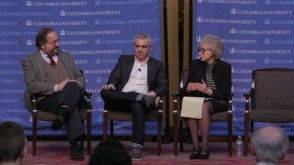
EpiBone, Inc. Receives FDA Clearance to Commence its First-In-Human, Phase 1/2 Trial of its Bone Product, EB-CMF
Potential breakthrough technology for stem-cell based bone replacement
NEW YORK, May 22, 2019 /PRNewswire/ — EpiBone, Inc. today announced that the U.S. Food and Drug Administration (FDA) has granted its Investigational New Drug (IND) clearance to proceed with a Phase 1/2 clinical trial of its lead bone product EpiBone-Craniomaxillofacial (EB-CMF), as a potential treatment for ramus continuity defects in the mandible. The ramus is a key component of the jaw bone which attaches to the muscles associated with chewing.
EB-CMF is a living anatomically correct bone graft manufactured from a patient’s own adipose derived stem cells. This eliminates the need to harvest bone from a patient’s body, potentially reducing pain, surgical and hospitalization time while creating a precision fit with the defect.


Hauptsache, gesund
Mit web.de begründete Michael Greve den deutschen Internetboom. Inzwischen widmet sich der Millionär dem Kampf gegen das Altern.
Von Christoph Koch
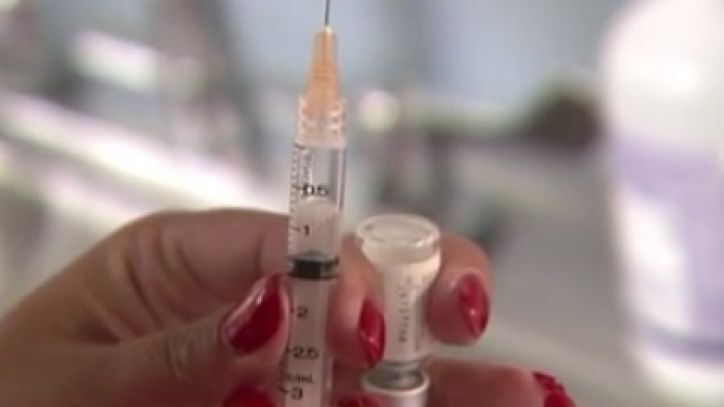
Trial vaccine wipes out breast cancer in Florida patient
To the thrill of everyone involved, it worked.
“We saw some evidence of elimination of the tumor, as well as some evidence of the immune system crowding in,” said Dr. Keith Knutson, from the Mayo Clinic Jacksonville.
Knutson said Mercker’s results were, essentially, what their team had hoped the vaccine would do as it developed out, but it was happening in their very first human test subject.